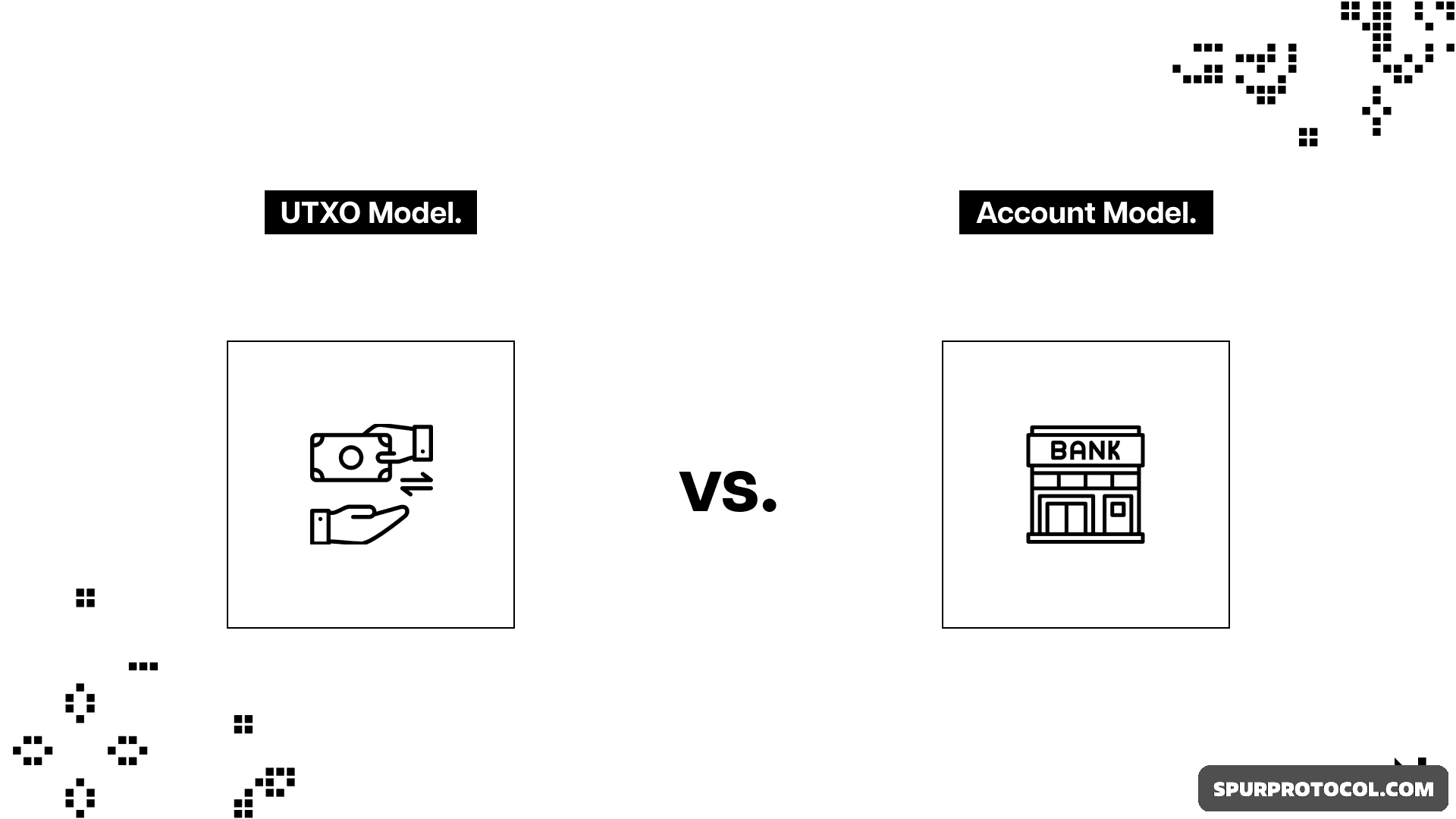📖 UTXO Vs. Account Model: How Balances Are Tracked
Not all crypto ledgers track funds the same way. We break down the fundamental difference between the UTXO and Account balance models.
Go Back

🕒 6:55 AM
📅 Oct 20, 2025
✍️ By Nathanael707
See it this way— Tracking money on a blockchain is either like using a Digital Checkbook 📜 (Bitcoin) or a Digital Bank Account 💳 (Ethereum). The checkbook tracks every individual payment received, while the bank account only tracks one running total.
Let’s simplify this: The UTXO (Unspent Transaction Output) Model tracks the history of all unspent funds you received as individual records. The Account Model tracks a single, current balance for every wallet address.
To put it simply, if you receive $5, then $10, then $20 (total $35). In the Account Model, your wallet shows one line: Balance $35. In the UTXO Model, your wallet tracks three individual, spendable records: 5 UTXO, 10 UTXO, and 20 UTXO.
Here is the key takeaway. UTXO security relies on the principle that the system must consume entire UTXOs to create a new transaction. If you want to spend $7, you must input the 10 UTXO, and the system sends 7 to the recipient and returns 3 as a new, fresh "change" UTXO back to your address. This method enhances privacy and parallelism.
Like any technology, the UTXO model has its limitations: It makes complex operations, like smart contracts that manage multiple internal states or balances, significantly more complicated to code compared to the simpler Account Model.

